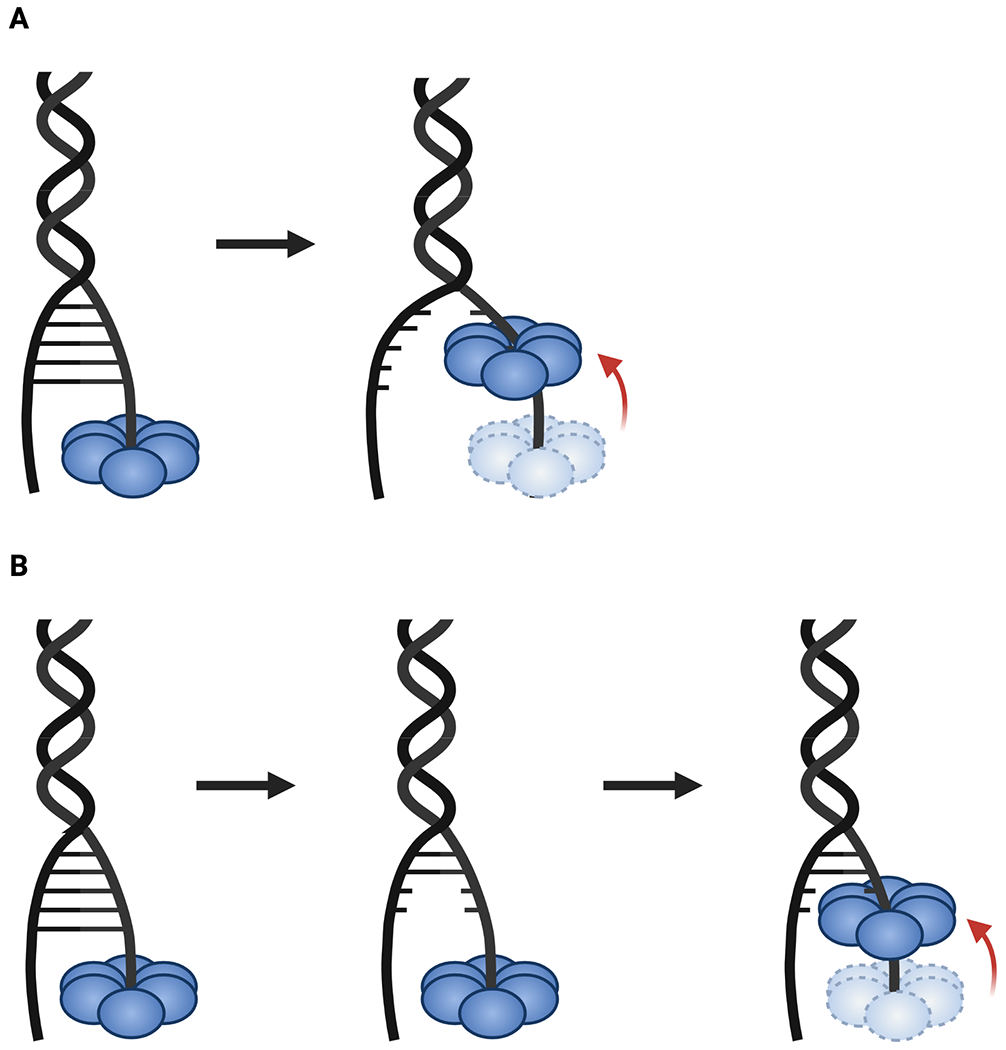Fig. 6: Power stroke vs. Brownian ratchet unwinding mechanisms.

A. In the power stroke model, ATP hydrolysis by the helicase is tied to conformational changes that actively push it forward into a duplex, forcibly splitting paired bases to unwind the substrate. B. Passive unwinding involves local fraying of base pairs due to thermal or torsional fluctuations that expose ssDNA, which the helicase then captures through an ATP-dependent movement.
